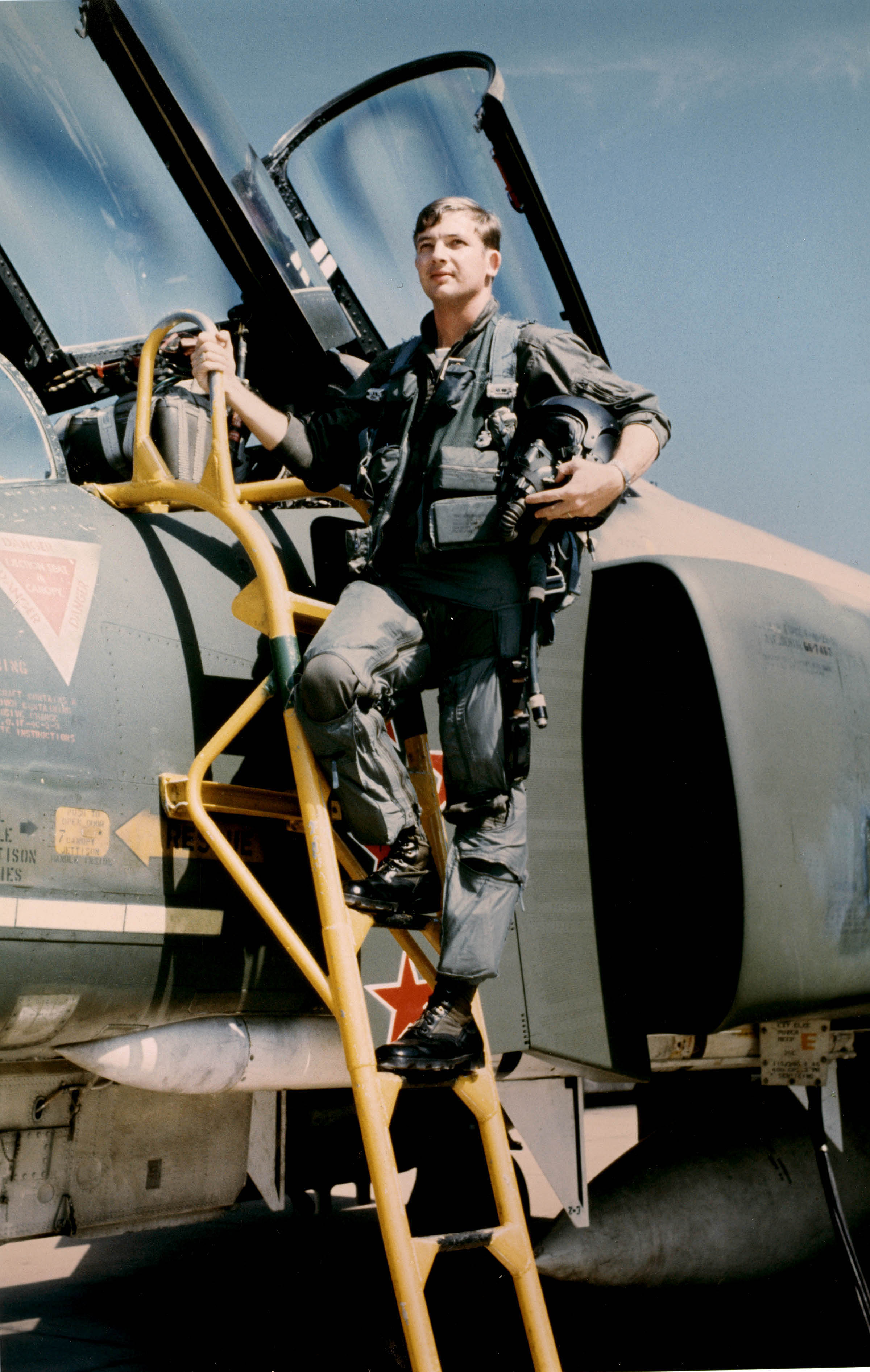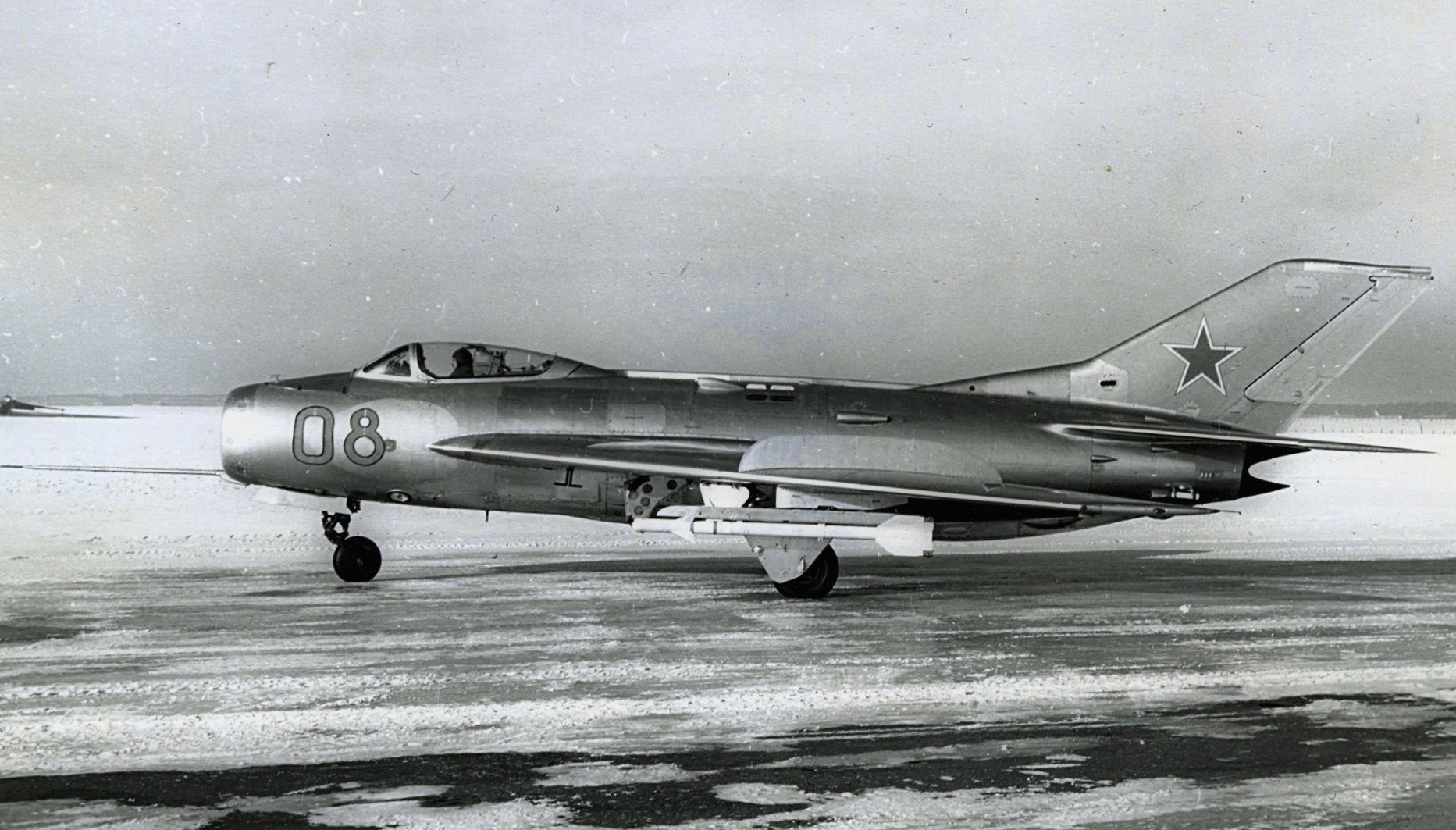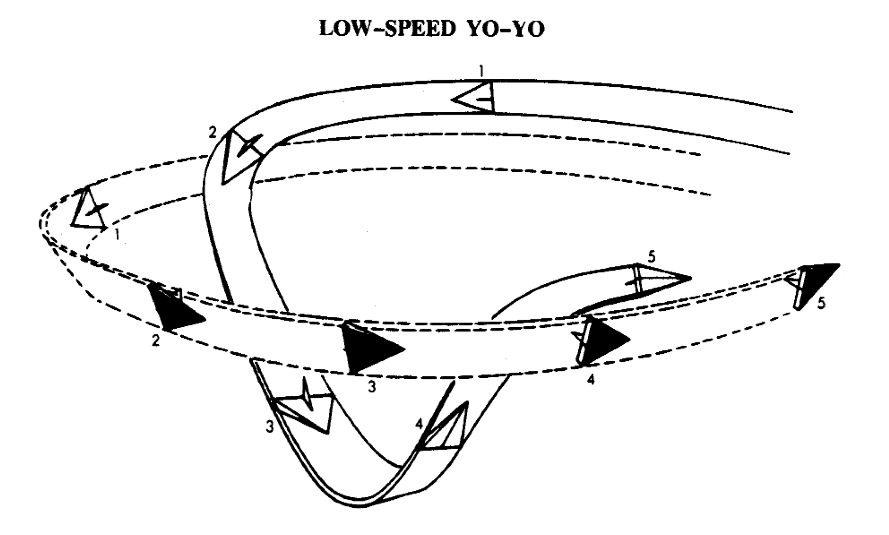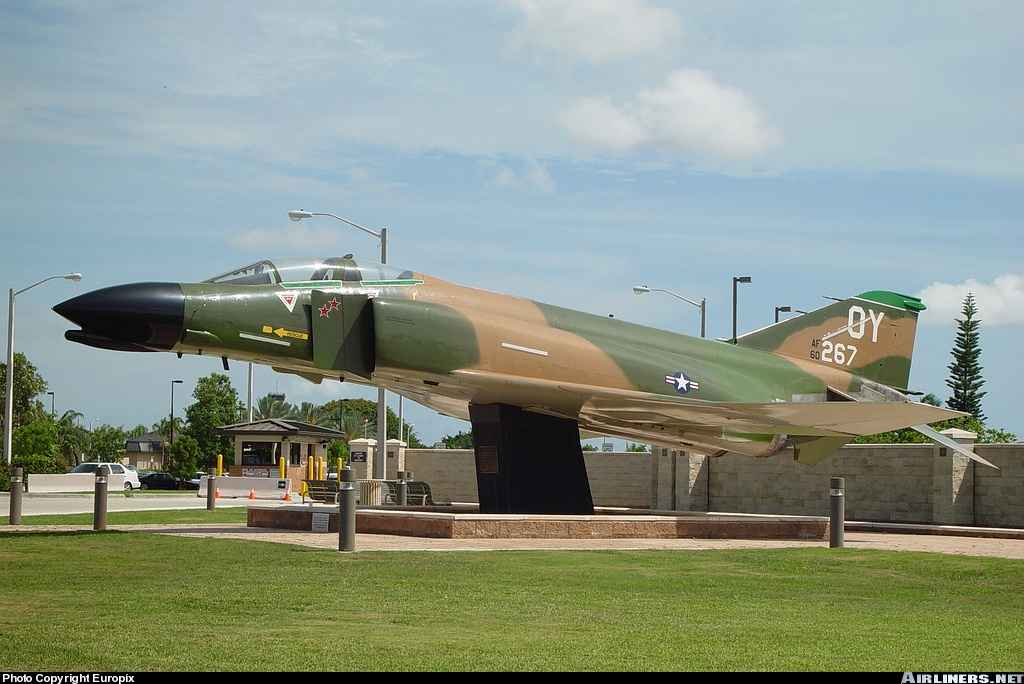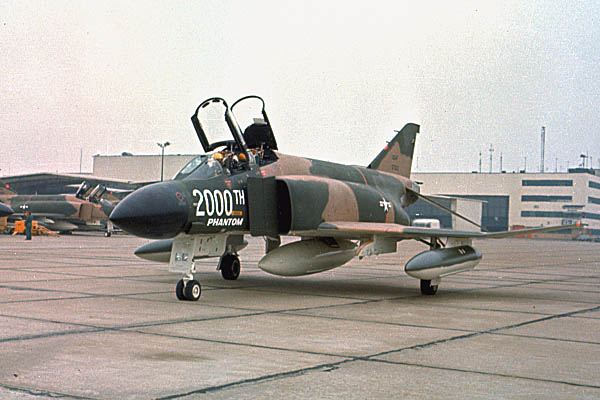
![]() 12 March 1967: McDonnell Aircraft Corporation, St. Louis, Missouri, delivered the 2,000th F-4 Phantom II to the United States Air Force. F-4D-30-MC 66-7533, c/n 2062, was assigned to the 40th Tactical Fighter Squadron, 33rd Tactical Fighter Wing, at Eglin Air Force Base, Florida.
12 March 1967: McDonnell Aircraft Corporation, St. Louis, Missouri, delivered the 2,000th F-4 Phantom II to the United States Air Force. F-4D-30-MC 66-7533, c/n 2062, was assigned to the 40th Tactical Fighter Squadron, 33rd Tactical Fighter Wing, at Eglin Air Force Base, Florida.
On 26 May 1967, the personnel and equipment of the 40th TFS were transferred to the 8th Fighter Wing based in Thailand. The aircraft were deployed across the Pacific Ocean, 26–28 May, with flights to Hickam Air Force Base, Honolulu, Hawaii; Anderson Air Force Base, Guam; and Ubon-Rachitani Royal Thai Air Force Base, Thailand. On 25 July 1967, an additional twenty F-4Ds arrived at Ubon RTAFB, having been transferred from the 4th TFS. 66-7533 was included in this later group of Phantoms.¹
On 19 September 1967, the 2,000th Phantom II was being flown by Major Lloyd Warren Boothby and 1st Lieutenant George H. McKinney, Jr., of the 435th Tactical Fighter Squadron. Following a Rolling Thunder attack on railroad sidings at Trung Quang, about 10 miles (16.1 kilometers) north of Phúc Yên, 66-7533 was hit in the right wing by a 57 mm anti-aircraft cannon shell. The airplane was badly damaged but “Boots” Boothby fought to keep it under control for as long as possible. Finally, he and McKinney were forced to eject, having come within about 35 miles (56.3 kilometers) of their base.
At the time of its loss, 66-7533 had accumulated 155 flight hours on its airframe (TTAF).
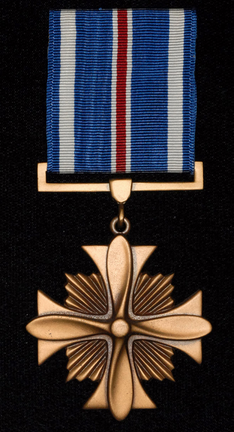
For their airmanship in trying to save their airplane, Major Boothby and Lieutenant McKinney were each awarded the Distinguished Flying Cross, which was presented to them by President Lyndon B. Johnson, 23 December 1967, in a pre-dawn ceremony at Korat Royal Thai Air Force Base.
Lieutenant McKinney is quoted in USAF F-4 Phantom II MiG Killer 1965–1968:
“In the hail of AAA over the target seven miles north of Hanoi on that day was a ‘Golden BB’ which opened a three-foot hole in the Phantom II’s right wing, froze the right spoiler full up, immediately drained two of the three hydraulic systems and generally turned the day to crap! I mumbled an egress heading (and a few dozen prayers) while ‘Boots’ used every increment of incredible aviation instincts, honed by countless hours at the edge of the envelope, to keep the F-4 airborne and headed away from the ‘Hanoi Hilton.’ Doing so required full manual depression of the left rudder pedal, and holding the stick within one inch of the left limit of travel.
“Despite the physical exertion, coupled with the precise touch necessary to remain airborne as the Black River receded behind the crippled Phantom II and rescue became at least a possibility, ‘Boots” managed to announce to the world on ‘Guard’ channel that they had so many warning lights lit up that it ‘looks like we’ve won a free game at the arcade.’ “
—USAF F-4 Phantom II MiG Killer 1965–1968, by Peter E. Davies, Osprey Publishing, 2004, at Page 75.
[A number of sources state that Lt. McKinney did not survive the ejection, but this is incorrect. Both pilots were rescued by helicopter. McKinney went on to earn credit for 2.5 kills as a Weapons System Officer, and returned for another combat tour as an F-4 aircraft commander.]
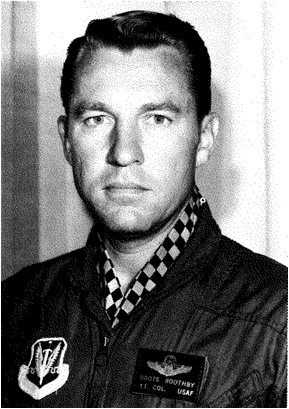
WASHINGTON (AFPN) — I’d hate to see an epitaph on a fighter pilot’s tombstone that says, “I told you I needed training”. . . How do you train for the most dangerous game in the world by being as safe as possible? When you don’t let a guy train because it’s dangerous, you’re saying, “Go fight those lions with your bare hands in that arena, because we can’t teach you to learn how to use a spear. If we do, you might cut your finger while you’re learning.” And that’s just about the same as murder. —Lt. Col. Lloyd “Boots” Boothby, April 17, 1931, to Nov. 26, 2006
That quote may seem a little extreme, but Colonel Boothby was referring to the Air Force’s urgent need to improve fighter tactics training, balanced against safety, but not at the expense of effectiveness.
Colonel Boothby, who passed away Nov. 26, was an experienced combat pilot and an academic instructor in the 57th Fighter Weapons Wing in the early 1970s. He looked at the Air Force’s declining kill ratio from Korea to Vietnam which was 2.4 to 1 in Vietnam compared to 8 to 1 in the Korean War. He led the effort to fix it. This involved several key steps, starting with a thorough analysis of the engagements over Vietnam.
Colonel Boothby led a series of studies at the Tactical Fighter Weapons Center, which were part of Project Red Baron, examining each of the war’s air-to-air battles. While the subsequent reports noted many accomplishments and even more lessons learned, they highlighted several significant trends. The colonel’s team discovered that pilots of multi-role fighters tended to have such a diverse range of missions that they seldom had a chance to master air combat tactics. They also noted pilots who were shot down rarely saw the enemy aircraft or even knew they were being engaged.
Additionally, few U.S. pilots, before flying into combat, had any experience against the equipment, tactics or capabilities of the enemy’s smaller, highly maneuverable fighters.
In short, the Red Baron Reports called for “realistic training (that) can only be gained through study of, and actual engagements with, possessed enemy aircraft or realistic substitutes.”
Based on this report and Colonel Boothby’s persuasiveness to get himself and Capt. Roger Wells access to an intelligence organization’s restricted collection of Soviet equipment, training manuals and technical data, they developed the dissimilar air combat training, or DACT, program to meet the Tactical Air Command’s initiative of “Readiness through Realism.”
Under the DACT program, Air Force officials had some T-38s painted with Soviet-style paint schemes and flew them based on adopted Soviet tactics.
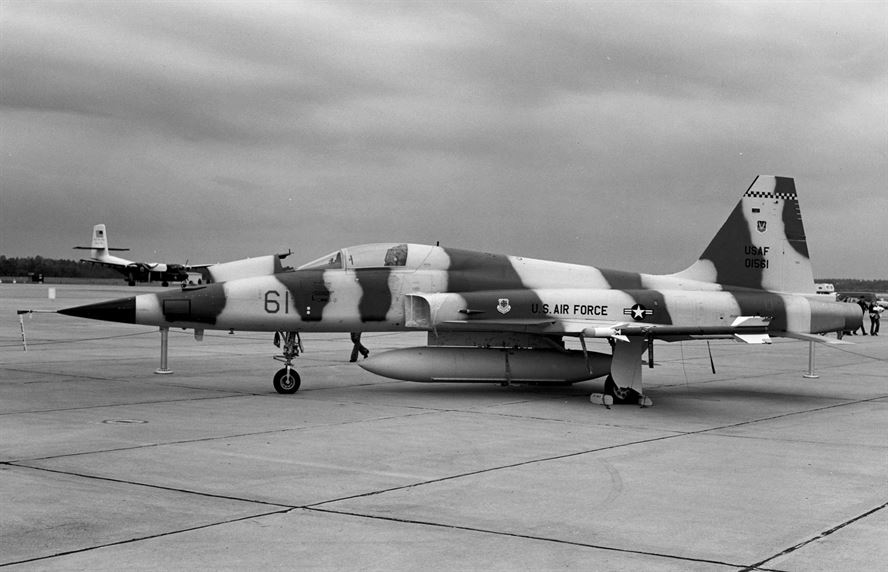
Because of his combat experience, academic instructor background, and involvement in Project Red Baron and in developing the DACT program, Colonel Boothby served as the first aggressor squadron’s commander when the 64th Fighter Weapons Squadron activated Oct. 15, 1972.
As an instructor, Colonel Boothby proved himself an effective teacher who relished the attention of his captive audience. Ever-animated and quick with a joke or “fighter” story to make a point, he told the pilots he was instructing what they needed to know to succeed. These qualities ensured his students’ attention remained spellbound and eager.
One former student recalled one of the colonel’s more popular attention steps. In typical fighter pilot stance, using his hands to represent a dogfight, he would spray lighter fluid from his mouth across his right hand (palming a lighter at the time) and literally flame the left hand and wristwatch bogie. He generally walked away with a few singed hairs on his hand, but his students received a magnificent visual demonstration of the seriousness of air combat.
Such object lessons ensured this charismatic instructor’s students learned and retained the knowledge they might need to save their lives one day.
Upon learning of Colonel Boothby’s death recently, Air Force Chief of Staff Gen. T. Michael Moseley noted:
“He. . . had an impact on how we do business and how we think about this air combat work. Folks out there like [Colonel Richard] Moody Suter and Boots Boothby have left a true legacy. I know one Texas public school-educated, land grant college graduate, F-15 weapons officer, Fighter Weapons Instructor Course instructor and ex-57th Wing commander who has certainly benefited from folks like this.”
—Ellery Wallwork, Air Force History Office, 5 December 2006
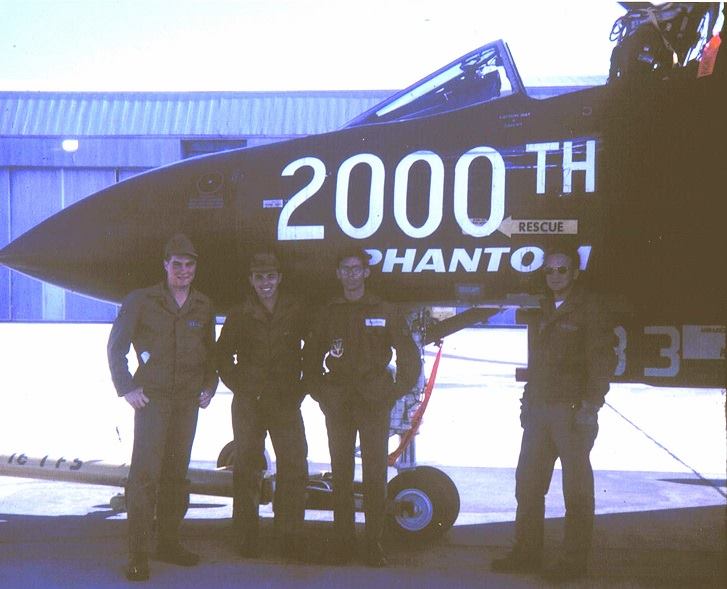
¹ Mr. F.C. Straile informed me that he crewed McDonnell F-4D Phantom II 66-7533 with the 4th Tactical Fighter Squadron at Eglin Air Force Base, Florida, and transferred along with it to the 435th TFS at Ubon RTAFB. Thanks, Mr. Straile!
© 2017, Bryan R. Swopes
